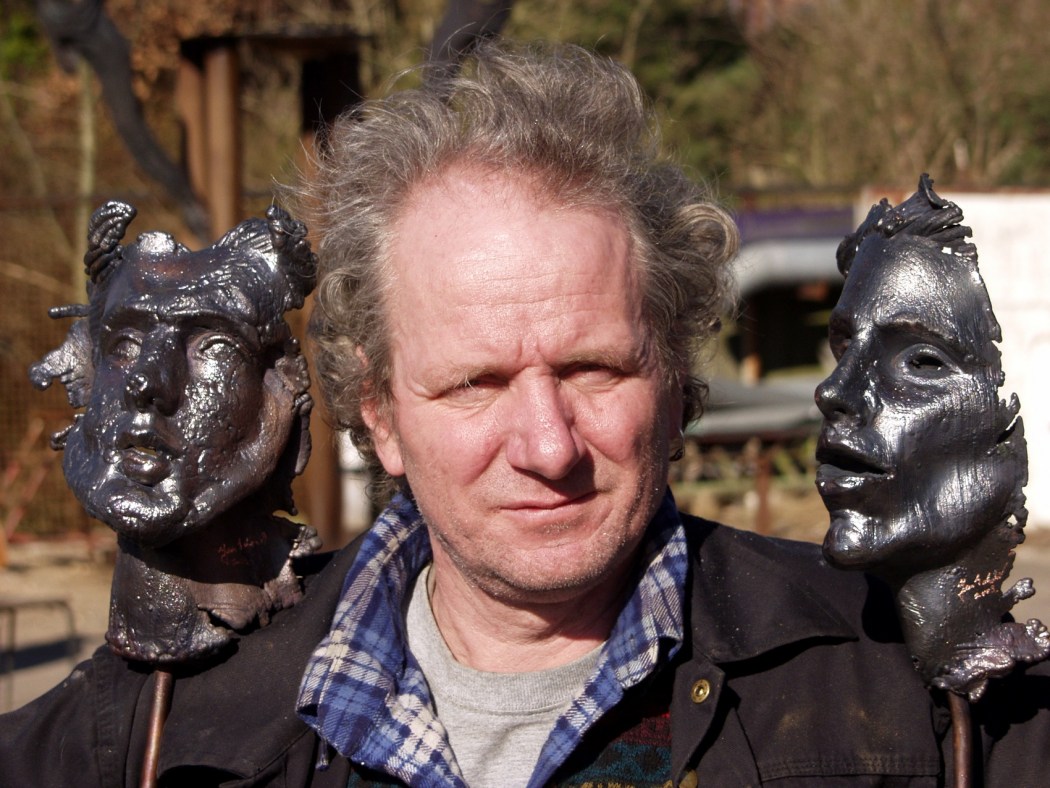The Pillar of Shame – a monument commemorating those who died in the 1989 Tiananmen Crackdown – has been seized by Hong Kong’s national security police investigating an “incitement to subversion” case, local media have reported.

The police announced in a statement on Friday afternoon that their national security department had obtained a court warrant to collect a piece of evidence from Yuen Long linked to an “incitement to subversion” case.
Multiple Hong Kong media outlets, including TVB, Now News and Ming Pao, reported that the seized evidence was the Tiananmen Crackdown monument, which stood at the University of Hong Kong campus for 24 years.
The university removed the statue in December 2021 citing safety issues, legal advice and referenced the Crimes Ordinance “under the Hong Kong colonial government.” Since then, the artwork has reportedly been stored at the HKU Kadoorie Centre in Yuen Long.
As well as HKU, the Chinese University of Hong Kong and Lingnan University also removed the Tiananmen Crackdown monuments in December 2021.
The organiser of Hong Kong’s annual Tiananmen Crackdown vigil – the Hong Kong Alliance in Support of Patriotic Democratic Movements of China – together with three of its leading members, Lee Cheuk-yan, Albert Ho and Chow Hang-tung have been charged with inciting subversion under the national security law.

HKFP has reached out to the police and to HKU for comment.
‘Completely crazy’
The statue’s creator, Danish artist Jens Galschiøt, told HKFP on Friday afternoon that he thought it was “completely crazy” that the sculpture was allegedly being used as evidence against pro-democracy activists in Hong Kong.
He said he had asked to put the pillar up in Hong Kong more than two decades ago and the artwork was his “personal statement,” adding that he believed it was good to discuss the Tiananmen Crackdown in Hong Kong.
“The [Hong Kong] Alliance and this group of people who are in jail now that I worked together with a long time ago… they have nothing to do with that,” the sculptor said.
Galschiøt said he was “quite sure” that he could eventually get the statue out of Hong Kong, adding he believed it was not about the security law but rules over private property in Hong Kong.

The Tiananmen crackdown occurred on June 4, 1989 ending months of student-led demonstrations in China. It is estimated that hundreds, perhaps thousands, died when the People’s Liberation Army cracked down on protesters in Beijing.
Earlier this year, Galschiøt sent a representative to HKU requesting to retrieve the pillar, which he has claimed ownership of. The artist also told HKFP in February that he would take legal action against the university “if necessary” in order to get the statue back.
In June 2020, Beijing inserted national security legislation directly into Hong Kong’s mini-constitution – bypassing the local legislature – following a year of pro-democracy protests and unrest. It criminalised subversion, secession, collusion with foreign forces and terrorist acts, which were broadly defined to include disruption to transport and other infrastructure. The move gave police sweeping new powers, alarming democrats, civil society groups and trade partners, as such laws have been used broadly to silence and punish dissidents in China. However, the authorities say it has restored stability and peace to the city.
Support HKFP | Policies & Ethics | Error/typo? | Contact Us | Newsletter | Transparency & Annual Report | Apps
Help safeguard press freedom & keep HKFP free for all readers by supporting our team

latest national security stories























